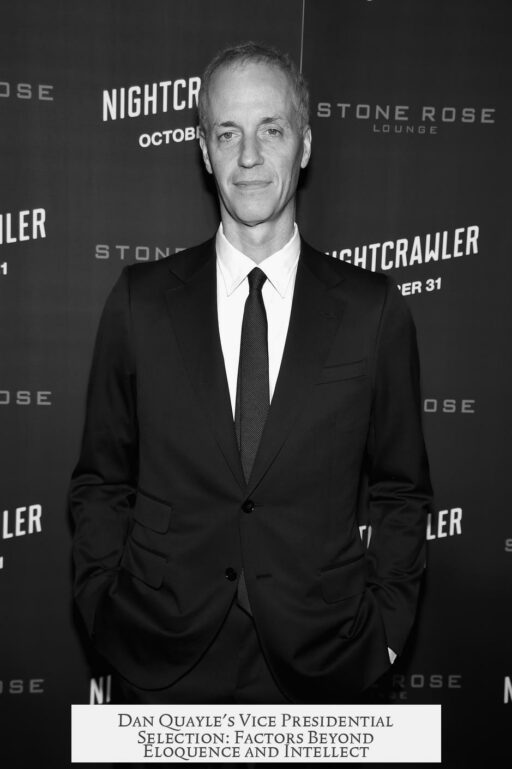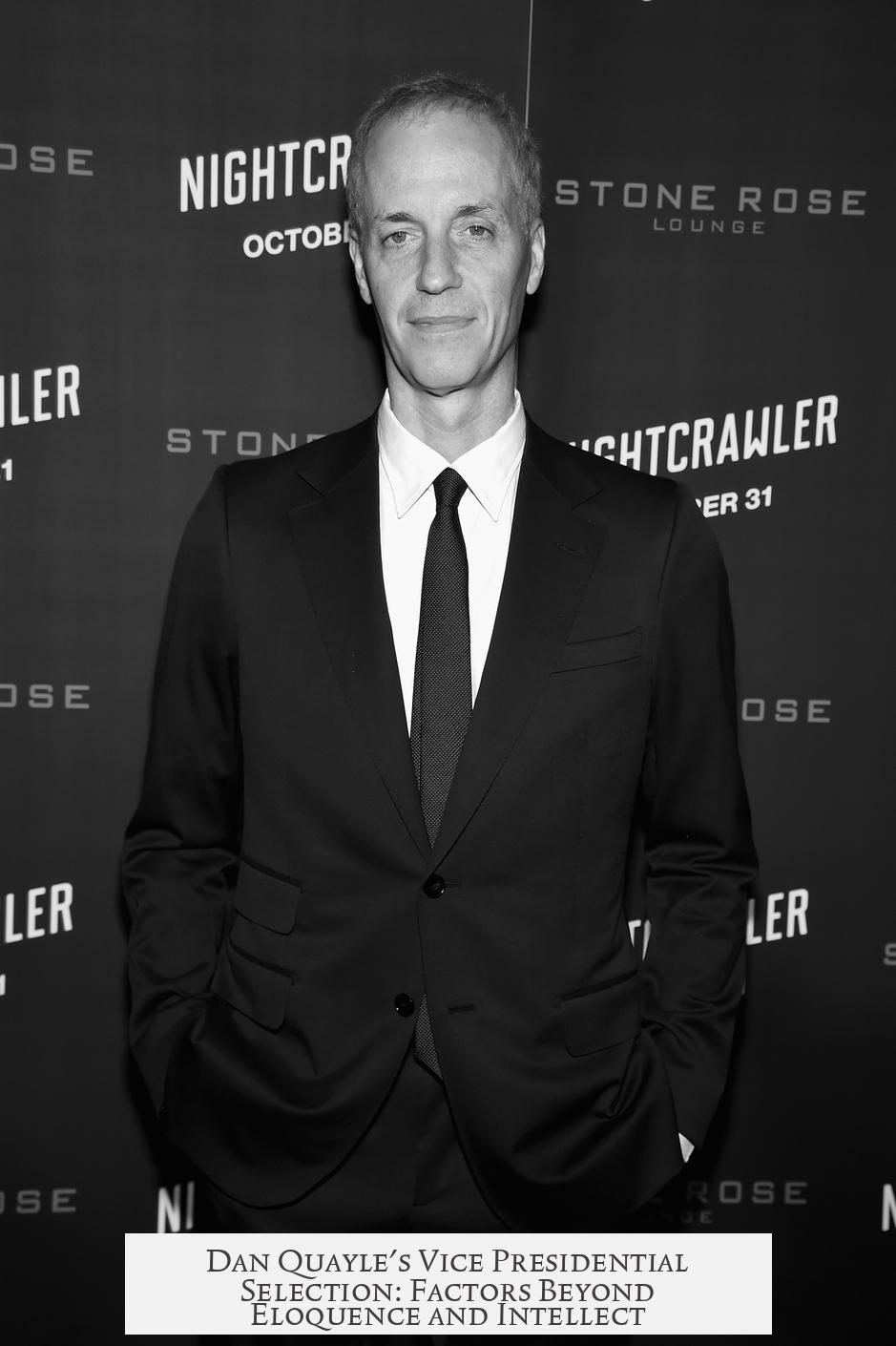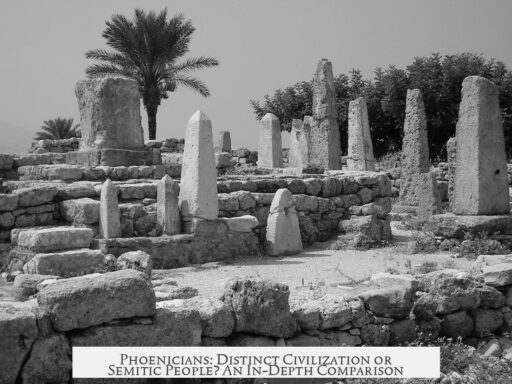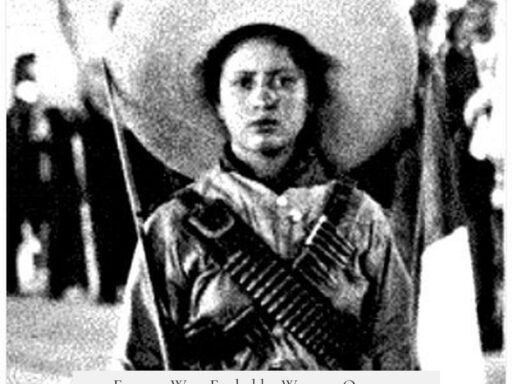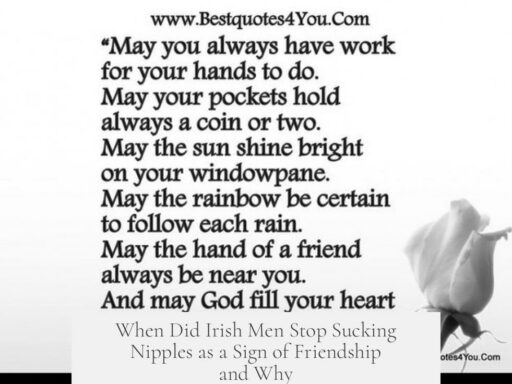Dan Quayle was selected as Vice President primarily to balance George H.W. Bush’s vulnerabilities within the Republican Party, especially his weak ties to conservatives and evangelicals, rather than for his eloquence or intellect.
Vice presidential picks often serve to complement the presidential candidate’s perceived weaknesses. In 1988, Bush sought a running mate who could strengthen the ticket with the conservative base, particularly evangelicals. This need outweighed qualities such as oratory skill or intellectual reputation.
Bush’s main challenges included shoring up his relationship with conservative factions and evangelical voters. Evangelical support had surged in prominence after televangelist Pat Robertson’s surprisingly strong second place finish in the Republican primaries. Bush needed to appeal to this critical segment.
Dan Quayle fit this role due to several factors, despite concerns about his communication skills and intellect. Quayle, a young Republican senator from Indiana, had defeated a three-term Democratic incumbent, Birch Bayh, during the 1980 Reagan sweep. This victory demonstrated his electoral appeal and standing within the party.
Quayle’s family background further reinforced his conservative credentials. His family was deeply embedded in Indiana Republican politics and aligned with the conservative movement. Their connections to conservative organizations and donors were influential in building support for Quayle’s selection.
Another strategic factor was Quayle’s youth and telegenic presence. Some campaign strategists, including Roger Ailes, argued that Quayle’s junior status would provide a visual and psychological balance on the ticket. Ailes posited that Quayle, appearing youthful and fresh, would make Bush seem more fatherly and senior in comparison. This dynamic was seen as beneficial to the campaign’s image.
Notably, Quayle’s relative obscurity at the national level concealed his communication shortcomings. While his debating and campaigning had been effective in Indiana, he had not yet faced the intense scrutiny of a national campaign. His tendency for gaffes and less polished public speaking would become more evident after his vice presidential nomination, such as during the 1988 vice-presidential debate where he famously struggled to meet public expectations.
Key campaign figures who influenced the decision had prior working relationships with Quayle. Roger Ailes and Bob Teeter, Bush’s top advisors, had managed or supported Quayle’s 1986 Senate re-election campaign. Their familiarity and trust in Quayle’s abilities contributed to his favorability.
The Bush campaign also faced pressure from conservative donor networks close to Quayle’s family. Reports suggest that the desire to appease influential Indiana political figures and donors affected the choice. These backers viewed Quayle as someone who could deliver on conservative priorities.
The decision came after careful consideration of other potential vice presidential candidates. Figures like Lamar Alexander and Bob Dole were on the shortlist but were ruled out for various reasons. Dole’s previous vice presidential runs and cold relationship with Bush made him less viable. James Baker was indispensable as campaign manager and thus not available. Quayle stood out partly because he had no rivalries with Bush and was not entangled in factional disputes.
| Factor | Details |
|---|---|
| Balance Ticket | Quayle addressed Bush’s conservative and evangelical vulnerabilities. |
| Youthful Image | Projected a junior, energetic presence to complement Bush’s fatherly role. |
| Political Connections | Strong family ties to Indiana Republicans and conservative donors. |
| Prior Success | Defeated a three-term senator in Indiana showing electoral viability. |
| Advisor Support | Endorsed by key campaign figures familiar with Quayle’s record. |
Their strategy acknowledged the priority of electoral calculus over personal communication style. The campaign focused on winning broad conservative support more than on having an articulate or highly intellectual vice presidential candidate. This approach reflected a common electoral tactic: choosing a running mate for strategic balance and appeal.
Post-selection, Quayle’s weaknesses in public speaking and media handling became more apparent. However, at the time, his perceived strengths in conservative loyalty, family influence, and youthful appeal outweighed reservations. His national exposure was limited, limiting awareness of potential challenges ahead.
- Quayle was primarily picked to shore up Bush’s conservative and evangelical support.
- His youth and telegenic presence balanced Bush’s senior image.
- Family political influence and prior Senate success made him appealing.
- Key advisors and donor networks strongly backed his candidacy.
- Pre-selection, Quayle’s communication shortcomings were not widely known.
